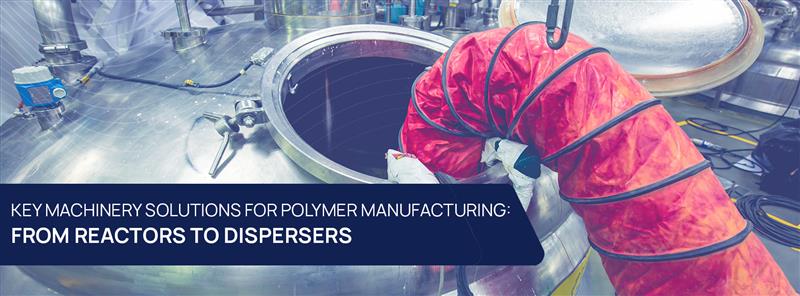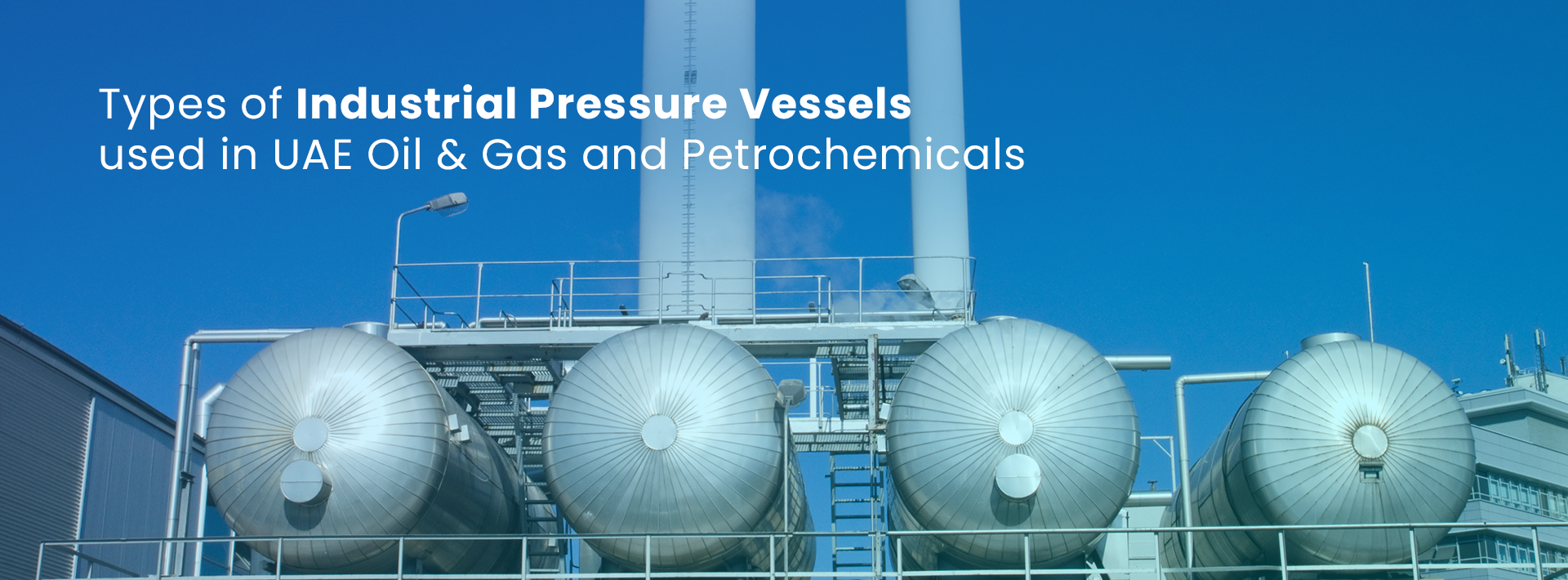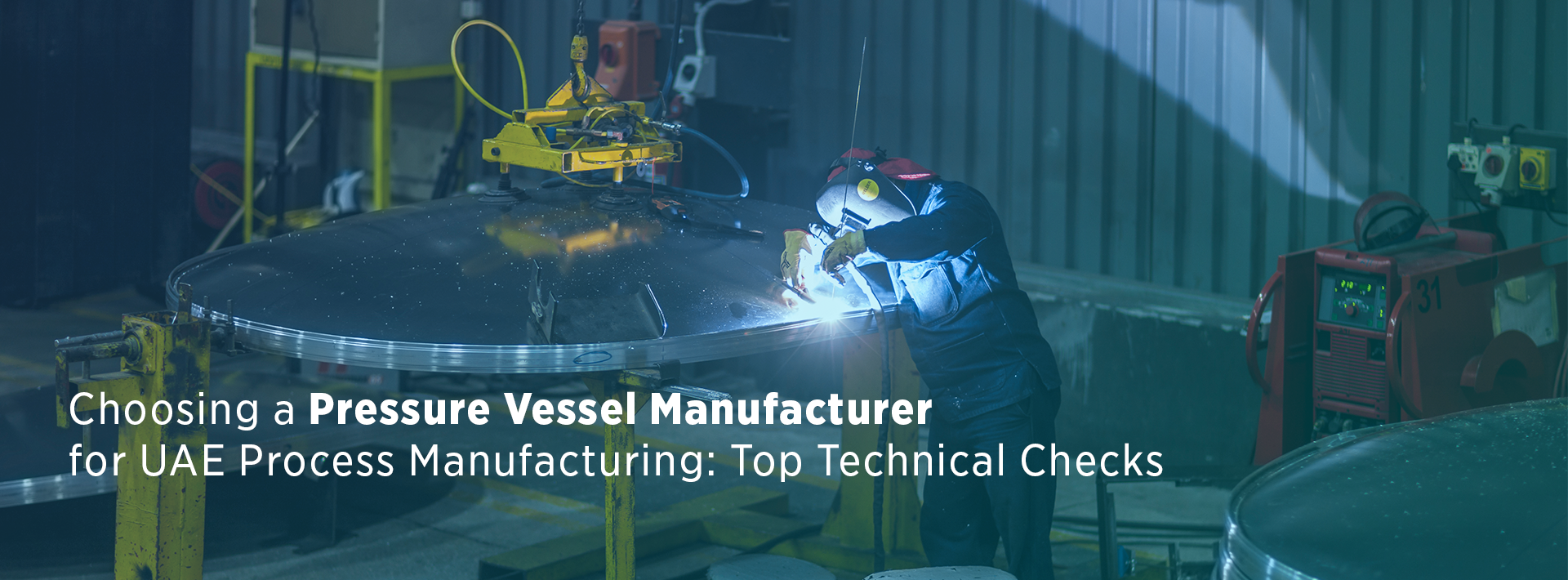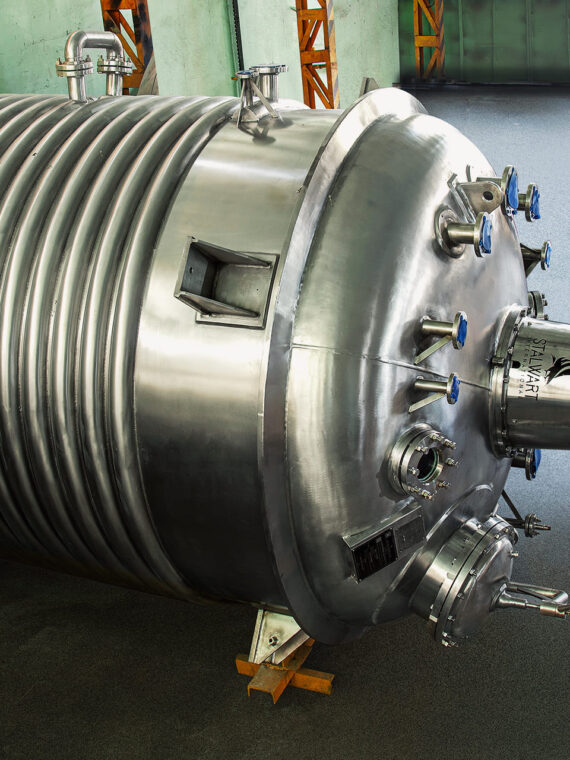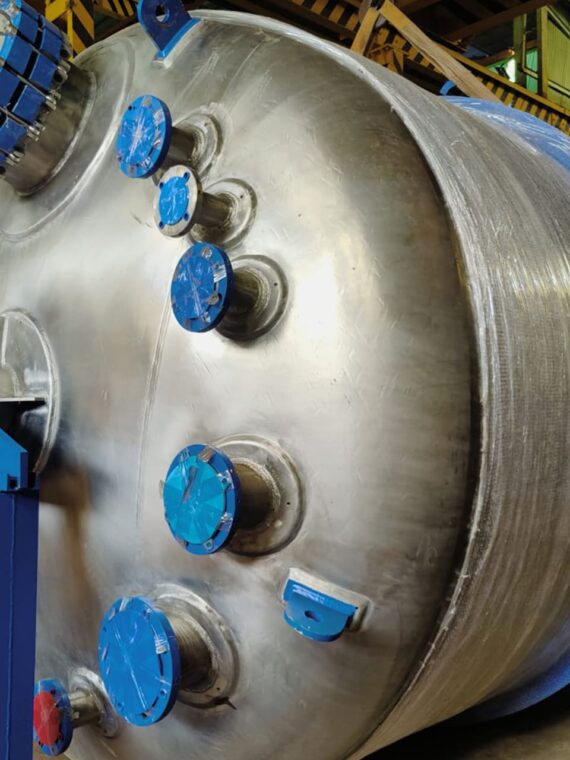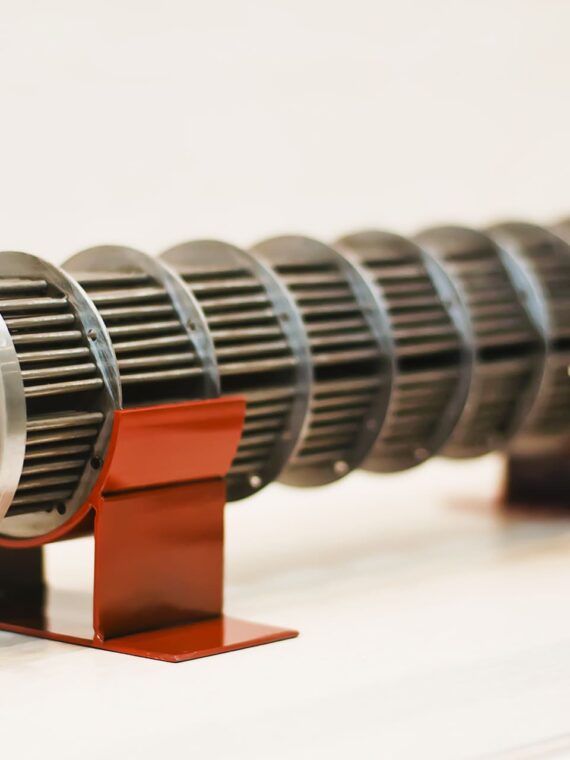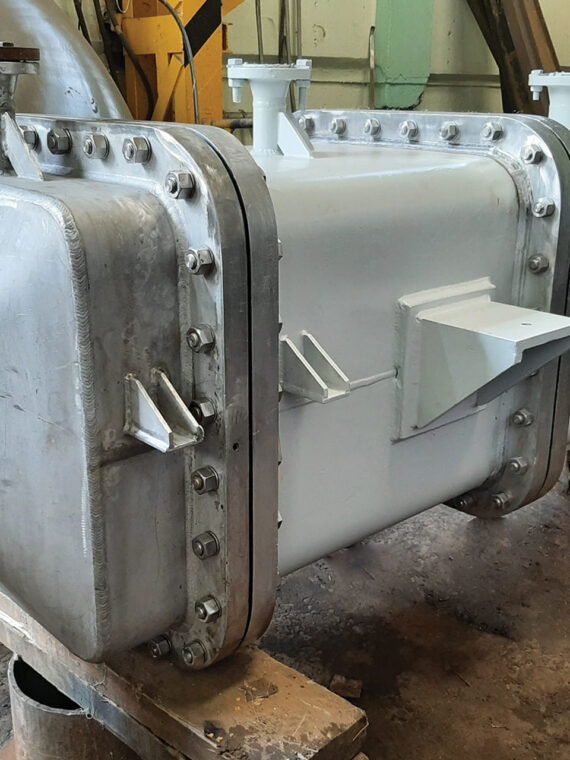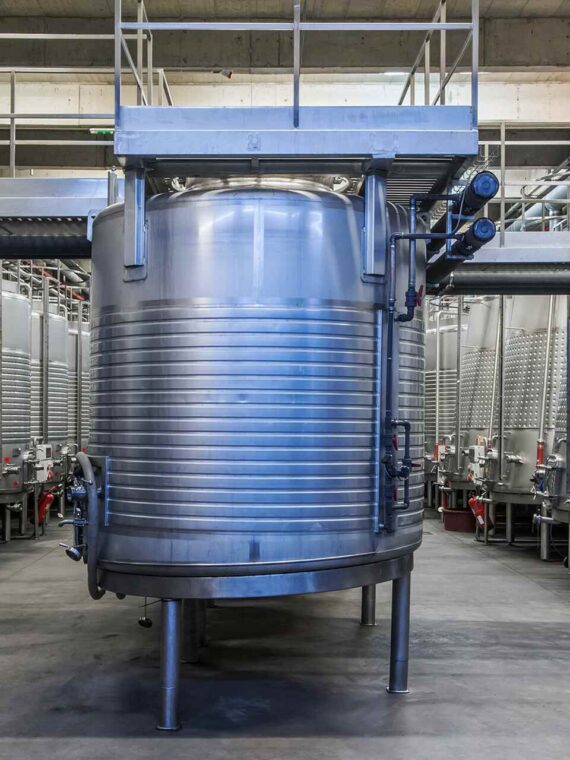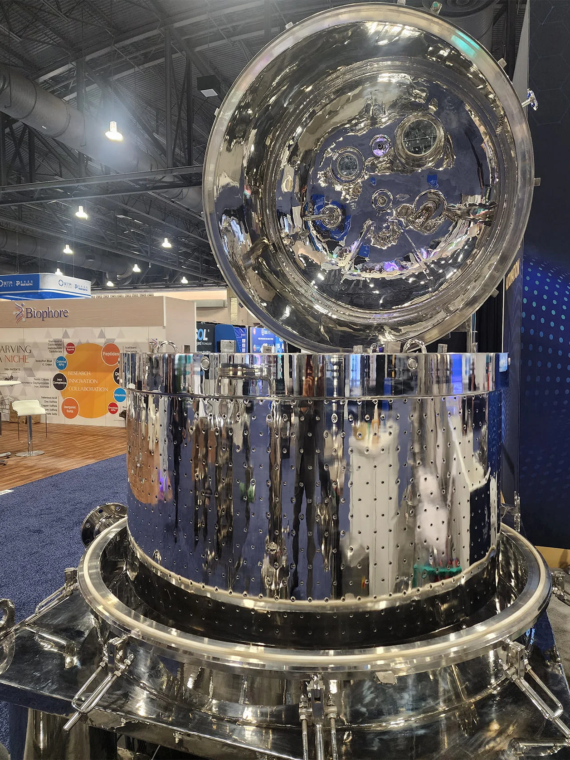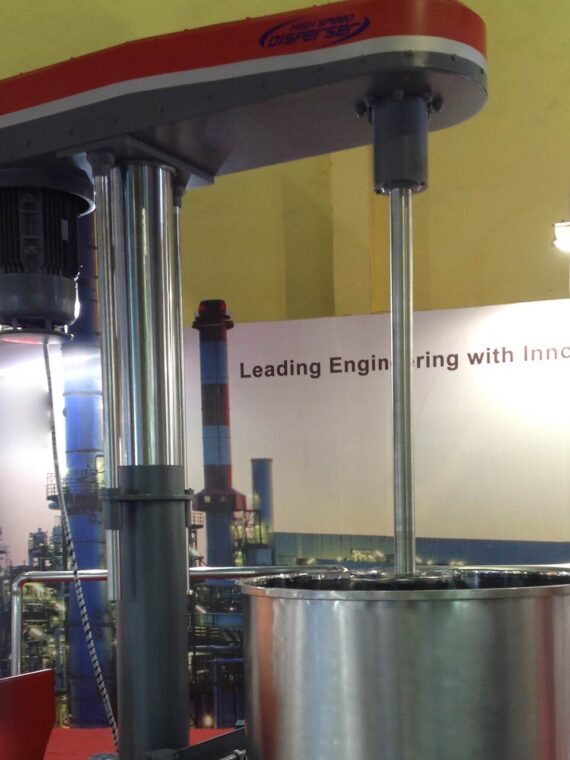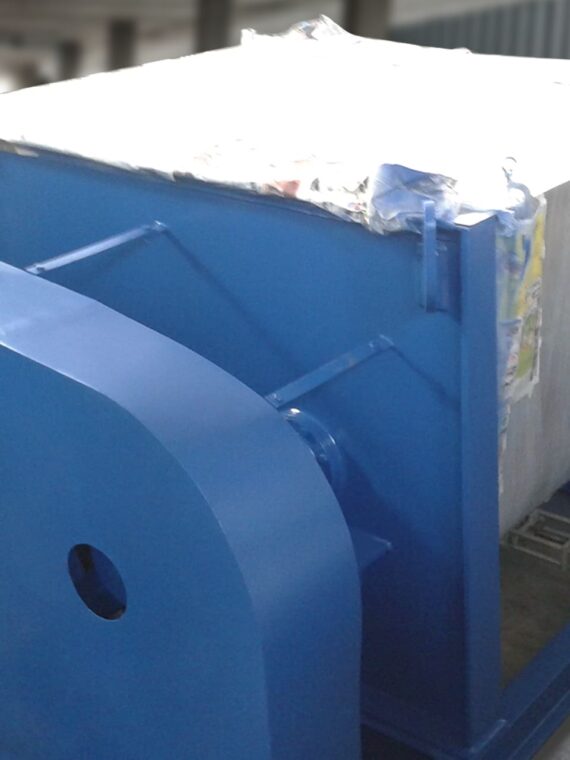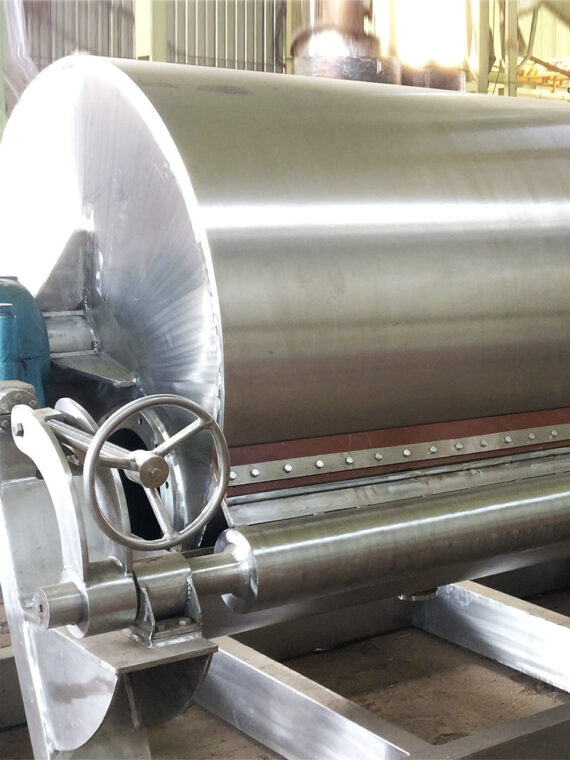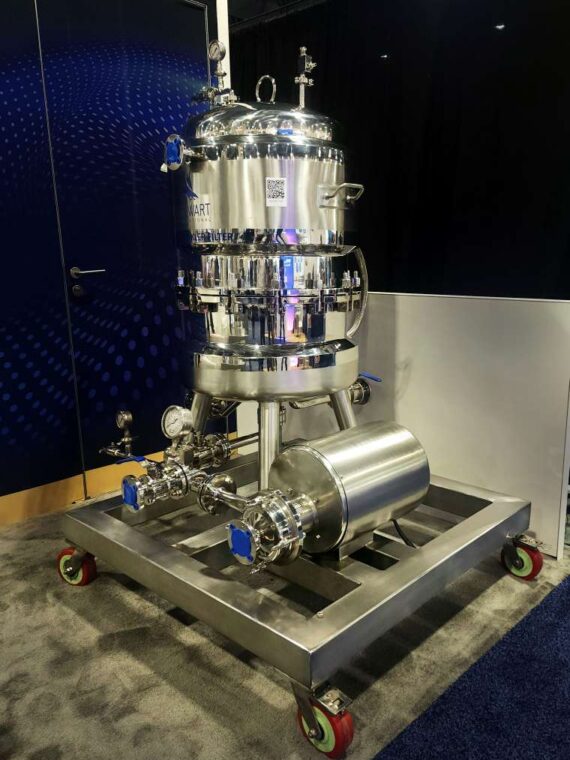Polymer production is one that requires a multi-faceted approach and thus requires very intricate equipment to facilitate maximum output, product efficiency, and efficiency. Stalwart International has a strong line of polymer-specific equipment, such as extruders, reactors and polymerization reactors, high-speed and twin-shaft dispersers- all essential in the preparation of modern polymer Stalwart International. It is a post that dials into the role and importance of every component of the machinery, leveraging industry insights to strengthen the technological advantage of your operation.
Key Machinery in Polymer Manufacturing
1. Polymerization Vessels: The Chemistry Core: Reactors
In the production of polymers, reactors and polymerization vessels are the equipment at the heart of the process. These units promote the buildup of a polymer through chemical reactions, where precise temperature, pressure, mixing, or dosing is usually a critical requirement. For industries aiming at efficiency and safety, proper chemical reactor installation plays a vital role in ensuring consistent performance and reliable output.
Popular reactor types:
- CSTR (Continuous Stirred Tank Reactor): This reactor is preferred due to the continuous stirring and maintaining of temperature–a very good reactor with polymers such as Polyethylene and polypropylene
- PFR (Plug Flow Reactor): Provides controlled residence time, and works well with high viscosity polymers like PVC.
- Batch Reactors: Versatile for specialty or small-batch polymer, but not so scalable.
- Tubular and Loop Reactors: Can be used in processes of high throughput and heat-sensitive polymers, but are subject to clogging.
Other specialized designs, such as kneader reactors, are best suited to work with highly viscous pasty materials (e.g., rubber, silicone). They are a fusion of a high heat-transfer system and effective Sigma or Z-blade mixing, in a small physical size.
Emerging technologies:
- The reactors used in emulsion polymerization are customized to eco-friendly paint, adhesives, and biomedical processes, including built-in heat exchangers to counter the exothermic processes.
- Polymers like Polyethylene and styrene also react in Fluidized bed Reactors (FBRs). They have great mixing as well as consistent production, but they consume larger tanks and consume more energy.
2. Heat exchangers: Fine regulation of temperature
Temperature plays a critical role in polymer reactions in terms of quality, safety and throughput. It is then that heat exchangers are introduced, and this is consequential in the process of polymerization, where they are quite significant in providing efficient cooling and heating.
Industry approaches:
- The SMR™ tube-bundle exchanger developed by Sulzer integrates raw mixing and heat this is optimal where viscous polymer media must be handled with exacting heat control
- Their SMXL™ monotube, multitube systems provide constant processing and narrow residence time distribution, which improves consistency and thermal efficiency.
Wider studies are being conducted with polymer-based composite exchangers as low-cost and corrosion-resistant replacements to metal exchangers-with a promise of up to 90 percent faster manufacturing and 50 percent cost reductions. A different kind of innovation, the dynamic scraped-surface heat exchanger ( DSSHE ), addresses the problem of fouling and viscosity-driven inefficiency by scraping and energizing the surface of viscous fluids.
3. Mixers & Dispersers
Dispersers are essential in ensuring that there is an even distribution of additives, fillers, pigments, or reinforcing agents in polymer matrices. The blending process should be adequate, which is guaranteed by high-velocity dispersers and twin-shaft dispersers, the latter of which is present in the portfolio of Stalwart products, a trusted high speed disperser known for quality and innovation.
In specialist viscous mixtures or mixtures which are difficult to mix, such as difficult-to-mix mixtures, technologies like kneader reactors (discussed above) can, in addition to the above, provide a higher mixing performance and intensities, limiting solvents.
In the extruder industry, co-rotating kneading disks use improved mixing element designs, such as pitched-tip kneading disks, to improve surge mixing, internal flow, and pressure control in twin-screws extruders—enhancing melt quality and throughput. Homogeneity in output is also improved using numerical optimization of the elements of a single screw extruder as compared to conventional designs.
4. Extruders
Even though Stalwart mentions extruders and injection molding systems, these are not new technologies and are proven workhorses in the shaping of polymers. Extruders use melted material to push extrudates through the die into a continuous profile, sheet, or filament.
A smooth production chain of raw monomer to finished polymer part involves the right mix of reactors, heat control, dispersers and forming equipment.
The Reasons This is Important in Your Operation
- Maximised product quality: Customisation of the reactor type and integrations (such as heat exchangers and dispersers) can have a direct influence on the uniformity of polymers, the molecular structure, and the mechanical characteristics.
- Efficient operations: Modular and special equipment (e.g., SSI mixing-reactor combos, DSSHE, kneader reactors) minimize energy requirements, maintenance and uptimes.
- Competitive advantage: Implementing state-of-the-art thermal solutions or combining innovations places your operations ahead of your industry practices, particularly in an age when sustainability and high-throughput become critical.
You May Also Like: Polymer Production: Proven Commissioning Equipment & Maintenance Practices
Conclusion
To manufacturers of polymers, an integrated machinery environment is important. Whether it is reactor chemistry, thermal control, or delicate dispersion, the top performance can be reached through the incorporation of the proper systems. With the extensive line of polymer equipment Manufacturer offered by Stalwart International, which has been built with extruders, molds, reactors, vessels, and high-performance dispersers, the proven innovations of industries such as Sulzer, their mixing exchangers, emulsion reactors, and kneader technologies, optimizing polymer production can be made efficient, scalable, and future-ready.
FAQs
1. What machinery is commonly used in polymer manufacturing?
Polymer manufacturing relies on a range of specialized machines designed for different stages of production. The most common include reactors for initiating polymerization, extruders for shaping molten polymers, mixers and blenders for compounding additives, dispersers for ensuring uniform particle distribution, and molding equipment for creating finished products. Together, these machines streamline production while ensuring product consistency and quality.
2. Why are reactors important in polymer production?
Reactors are the heart of polymer manufacturing because they control the chemical reactions that form polymers. They carefully regulate temperature, pressure, mixing, and reaction time to achieve the desired molecular weight and polymer properties. Without efficient reactors, the process can lead to poor-quality polymers or inconsistent results, making them a critical component in industrial polymer production.
3. What is the role of dispersers in polymer processing?
Dispersers are vital for mixing polymers with fillers, pigments, or additives to ensure a uniform distribution of particles. This step is especially important in industries producing coatings, adhesives, inks, and composites, where even dispersion impacts strength, texture, and appearance. By preventing clumping and improving material stability, dispersers help enhance overall product performance.
4. How does modern machinery improve polymer production efficiency?
Modern polymer machinery integrates automation, precision control systems, and advanced monitoring technology to optimize every stage of production. These features improve output consistency, reduce energy consumption, and minimize material waste. Additionally, smart machinery allows real-time adjustments, ensuring better productivity, cost savings, and higher-quality end products.
5. What sustainable machinery solutions are available for polymer production?
Sustainability in polymer production is achieved through energy-efficient machines, recycling-integrated systems, and low-emission equipment. Advanced machinery also supports the processing of bio-based and recycled polymers, helping manufacturers reduce their carbon footprint. By adopting eco-friendly technologies, polymer industries can meet environmental regulations while maintaining high production standards.
6. What factors should be considered when choosing polymer manufacturing equipment?
When selecting machinery, manufacturers should evaluate the scale of production, type of polymer, process requirements, energy efficiency, and ease of maintenance. Cost-effectiveness, durability, and compatibility with sustainable practices also play an important role. Choosing the right equipment ensures smoother operations, higher productivity, and long-term reliability.
7. How does equipment maintenance affect polymer manufacturing?
Regular maintenance is essential to keep polymer machinery running at peak efficiency. Preventive maintenance reduces the risk of breakdowns, minimizes downtime, and ensures consistent product quality. It also extends the lifespan of equipment, lowers repair costs, and improves workplace safety—making it a vital practice for any polymer production facility.


